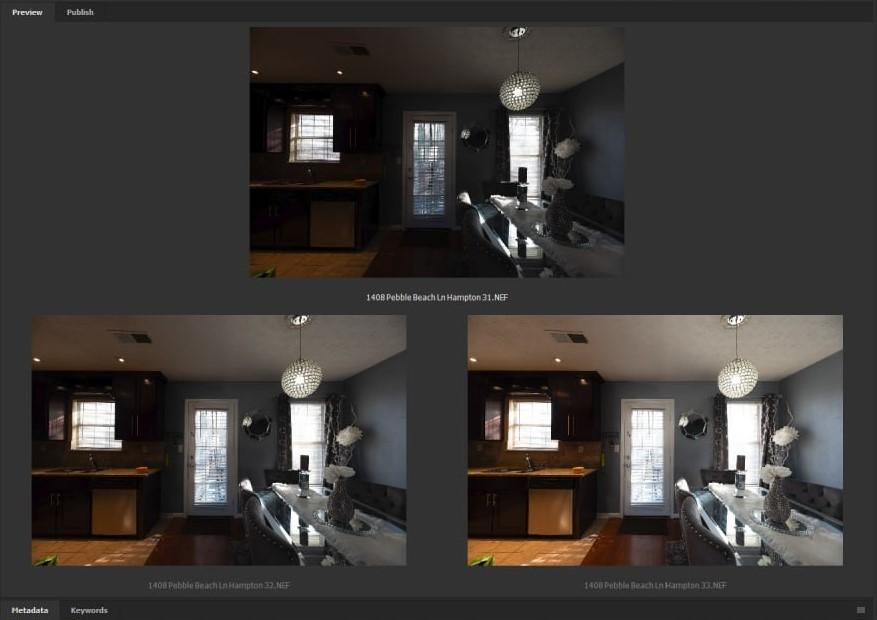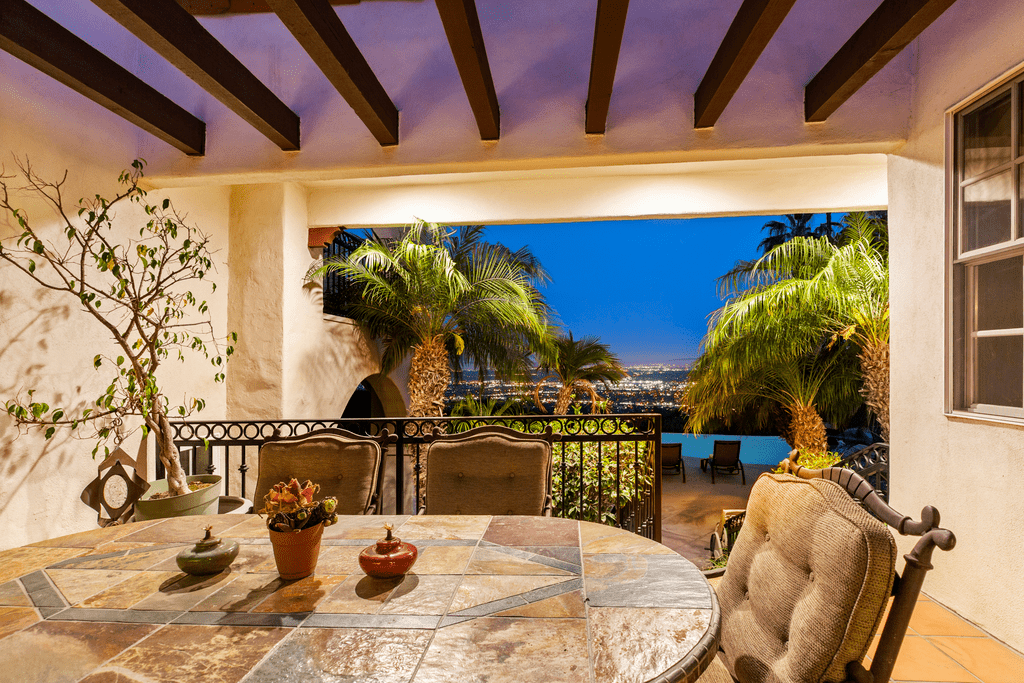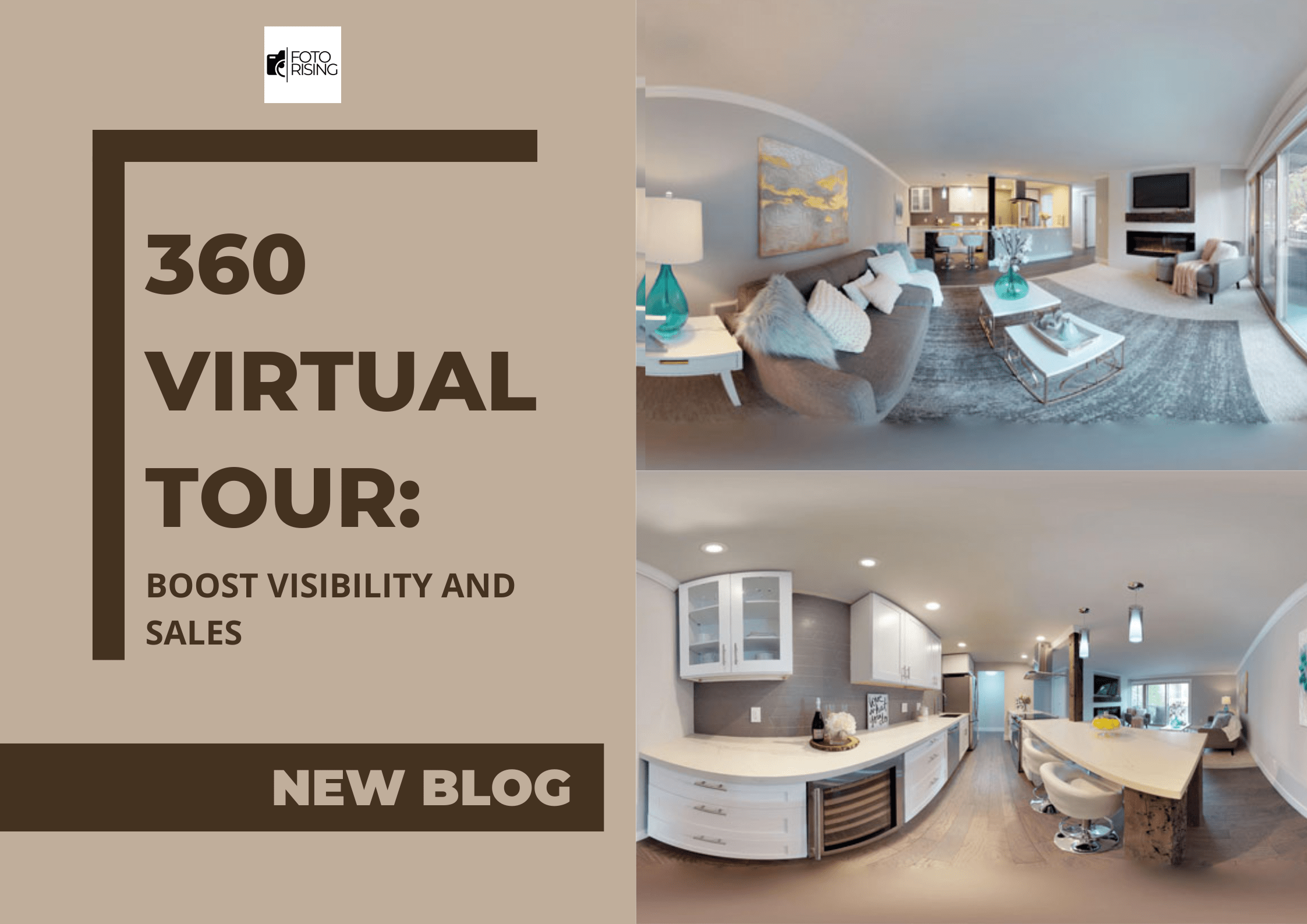Search Blog
Hit enter to search or ESC to close
Trending Now
3 Biggest Mistakes in Flambient Real Estate Photography – How to Master?
- Get link
360 Virtual Tour: Boost Visibility and Sales
- Get link
- Get link
In the real estate industry, high-quality real estate photos play a crucial role in attracting the attention of buyers and creating a positive first impression. HDR (High Dynamic Range) technique has become one of the essential tools for producing beautiful and vibrant images. However, how many exposures are needed to create a perfect HDR image in real estate photography?
This blog will address the question. Let’s explore the preferred number of exposures recommended by real estate photography experts.,
A Simple Definition of HDR Real Estate Photography
Before delving into specifics, it's important to understand what HDR is and why it's important in real estate photography. HDR is a technique that combines images from multiple exposures with different brightness levels. It significantly helps to enhance the dynamic range and image detail. Besides, HDR reproduces true-to-life colors and clear details from bright to dark areas, enhancing the photo's attractiveness and realism.
How Many Exposures We Should Use in HDR Real Estate Photography?
HDR real estate photography is all about capturing the full dynamic range of the property scene. Most of the time, photographers can nail that with from 3 exposures to 9 exposures. Yet it actually should depend on the number of stops they are using.
Common Exposures HDR Real Estate Photography

- Single exposures: Single exposures HDRs might sound strange since you’re only using information from one photo, but it is possible. RAW files contain a lot more information than is displayed on a camera preview thumbnail, or that shows up when you open the image in Lightroom or Photoshop. Using RAW processing software, you can usually push and pull the highlights and shadows to reveal details that might not have been visible.
- Three Exposures: This is one of the most common options and is a standard AEB bracket, including one shot with low brightness, one with medium brightness, and one with high brightness.
- Five Exposures: For scenes with high contrast or requiring extensive detail, experts advise to use more than five exposures. Similar to 3 exposures at +/-2.0 EV, only 5 exposures are normally shot at +/-1.0 EV with AEB. Manually, you would get a large dynamic range shooting +/-2.0 EV.
- Seven exposures: Like with lower exposure counts, we still want images that capture detail in the shadows, mid-tones, and highlights. The difference now is that we can cover a lot more ground with nine total exposures. We can have three different levels of exposures for shadow detail, three for mid-tones, and three for highlights, ensuring we can cover a wider range while also hitting every step in between.
What is the Ideal Number of Exposures in HDR Real Estate Photography

The ideal number of exposures in HDR real estate photography can vary depending on several factors, including the dynamic range of the scene, the lighting conditions, and the photographer's preferences. While five exposures are common as a standard practice, the ideal number varies in certain situations.
Here's a breakdown of the considerations for determining the ideal number of exposures:
Dynamic Range:
Consider the range of brightness levels in the scene. If the dynamic range is relatively moderate, three exposures (underexposed, properly exposed, and overexposed) may be sufficient to capture the necessary detail. However, if the scene has a high dynamic range, it requires more exposures to ensure that all highlights and shadows are properly exposed.
Lighting Conditions:
Evaluate the lighting conditions of the interior and exterior of the property. Scenes with extreme contrasts between bright and dark areas, such as rooms with large windows letting in bright sunlight, may require more exposure to capture detail in both the highlights and shadows.
Noise and Image Quality:
Consider the impact of noise on image quality, especially in underexposed shots. While capturing more exposures can help reduce noise in the final HDR composite, it's essential to balance this with the need to minimize motion blur and maintain consistency across the exposures.
Workflow Efficiency:
Consider the practicality of capturing and processing multiple exposures. While more exposures may offer greater flexibility in post-processing, they also require additional time and effort during shooting and editing HDR real estate photos. Finding a balance between image quality and workflow efficiency is crucial.
Final Thoughts
The number of exposures needed for each HDR image in real estate photography isn't set in stone. Instead, it depends on various factors and may require experimentation and adjustment to determine the optimal approach for achieving high-quality HDR real estate photography results. However, understanding these factors will help you create high-quality images that capture viewers' attention.
You May Also Like
10 Best Photo Editing Programs for Real Estate in 2024
- Get link
3 Biggest Mistakes in Flambient Real Estate Photography – How to Master?
- Get link
360 Virtual Tour: Boost Visibility and Sales
- Get link




9 responses to “HDR Real Estate Photography- How Many Exposures Are Preferred? ”
[…] Related post:The Natural HDR Real Estate Photo Editing- A Step-By-Step WorkflowTake Real Estate Photos With IPhone- 6 Easy Tips For BeginnersHDR Real Estate Photography- How Many Exposures Are Preferred […]
hello there and thank you for your info – I’ve certainly
picked up anything new from right here. I did however expertise a few technical issues using this site, since I experienced to reload the site a lot of times previous to
I could get it to load correctly. I had been wondering if your web hosting is OK?
Not that I am complaining, but sluggish loading instances times will very frequently affect
your placement in google and could damage your quality score if advertising and marketing with
Adwords. Anyway I’m adding this RSS to my email and could look out for much more of your respective
interesting content. Ensure that you update this again very soon..
<a href="https://eroom24.com/" rel="nofollow ugc">Escape rooms hub</a>
Your article helped me a lot, is there any more related content? Thanks!
The point of view of your article has taught me a lot, and I already know how to improve the paper on gate.oi, thank you.
Your point of view caught my eye and was very interesting. Thanks. I have a question for you.
Thanks for sharing. I read many of your blog posts, cool, your blog is very good.
Thanks for sharing. I read many of your blog posts, cool, your blog is very good.
Thanks for sharing. I read many of your blog posts, cool, your blog is very good.
Your article helped me a lot, is there any more related content? Thanks!